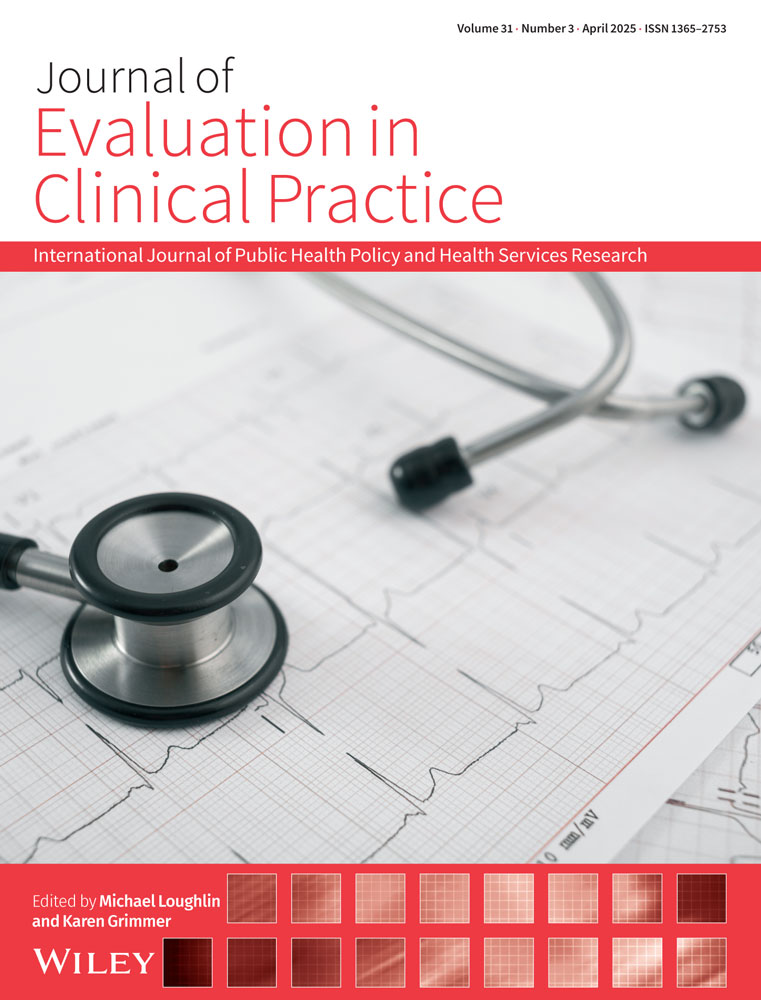The correlation between stigma and treatment adherence, quality of life in patients with rheumatoid arthritis: A mixed-methods study
Abstract
Aim
To investigate the current status of stigma in patients with rheumatoid arthritis (RA), and its correlation with treatment adherence and quality of life.
Methods
The convenience sample of 266 patients diagnosed with RA was surveyed at the rheumatology and immunology outpatient department of a tertiary hospital in Jiangsu Province from May 2022 to September 2022. In addition to this, 20 RA patients were purposively sampled for semi-structured in-depth interviews, and the data were analysed using content analysis methods.
Results
The total stigma's score of the 266 participants was (47.8 ± 10.8), which indicates a moderate level of stigma. The mean scores for alienation, stereotype endorsement, perceived discrimination, and social withdrawal were (2.2 ± 0.7), (2.4 ± 0.7), (2.9 ± 0.6), and (2.2 ± 0.6) respectively. A comparison of the average family monthly income, family roles, duration, disease activity, duration of morning stiffness, visual analogue scale score, C-reactive protein, erythrocyte sedimentation rate, and total stigma score revealed significant differences (p < 0.05). The total treatment adherence score was negatively correlated with the total stigma's score and scores in each dimension (p < 0.05). Similarly, the total psychological health score and total physical health score were negatively correlated with the total stigma score and scores in each dimension (p < 0.05). The qualitative study identified six themes: self-denial, discrimination, lack of disease-related knowledge, high medical costs, increased life burden and resistance to stigma.
Conclusion
Stigma affects RA patients' treatment adherence and quality of life negatively. Healthcare workers are advised to develop comprehensive intervention programs that address the current status of stigma, with the aim of controlling disease progression, reducing disability rates, and improving the quality of life for RA patients.
CONFLICT OF INTEREST STATEMENT
The authors declare no conflicts of interest.
Open Research
DATA AVAILABILITY STATEMENT
The data that support the findings of this study are available from the corresponding author upon reasonable request.




